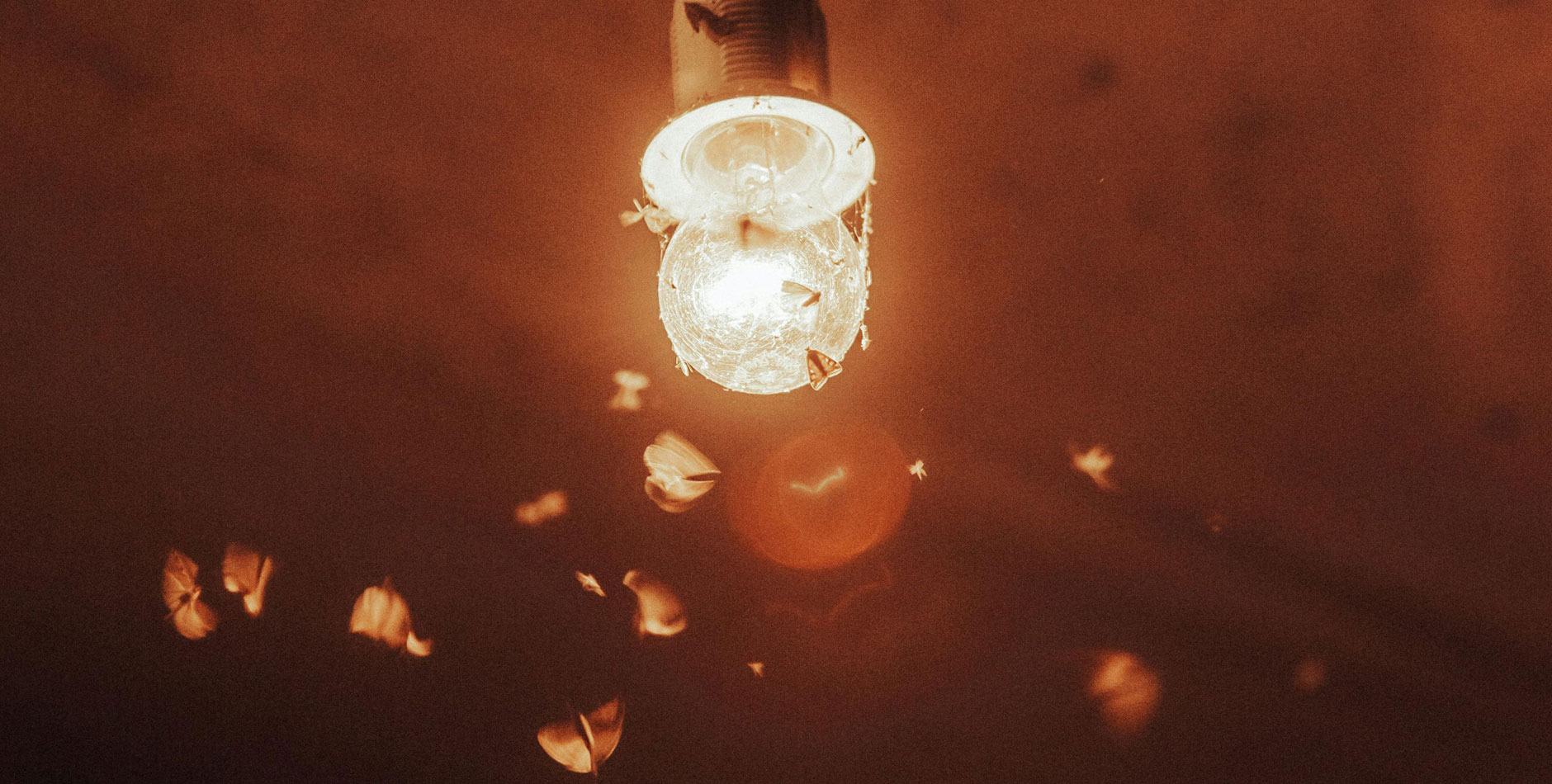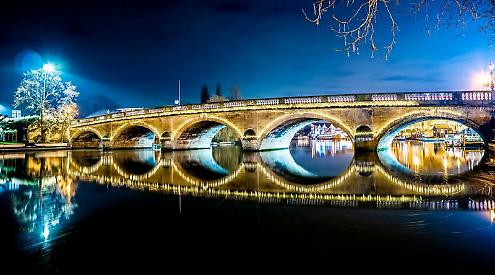Blinded by the Light: why we need to switch off for wildlife

It is widely understood that insects are vital for nature, but less well known is that artificial light at night can do them great harm. This is why Greener Henley is opposing plans to illuminate our historic bridge at night and asking everyone to help support our nocturnal wildlife in performing its vital role in our ecosystems.

And it’s not just insects that are affected; as well-known local naturalist Professor Richard Fortey (1) points out, bats “need the insects along the river to survive and the lights will impact negatively on this – particularly moths, which are the main food for bats.” Bats fly along the river corridor at night hunting their food, as do our endangered swifts looking for mayfly in the early summer. Twinkly lights may look pretty to us, but there is a lot of evidence that artificial light at night (ALAN) is negatively impacting biodiversity. As the charity Buglife states, “everyone is familiar with insects flying around a light at night. But unfortunately, this attraction to light can have fatal consequences for the insects involved. Exhaustion, increased predation, and a disrupted ability to navigate are just some of the reasons why up to a third of insects attracted to lights die” (2).
“Given our increasing understanding of the biodiversity harm of artificial light, we should be looking to only use light when and where it is needed for safety reasons, not simply for architectural lighting,”
Dr Chris Foster, landscape ecologist and insect specialist at the University of Reading.

What did insects ever do for us?
It is certainly in our interest to keep things dark for insects. They pollinate our crops, improve our soils, help clean our waterways, control pests, and provide food for other species in the food chain. We have lost some 60% of flying insects in the last 20 years (3). A 2019 global scientific review (4) has found that the number of insect species worldwide decreases by nearly 3% each year, with over 40% threatened with extinction . If this trend continues, one hundred years from now there may be barely any at all, leaving the Earth’s ecosystem in great peril. If we lose many more of these insects, we will also lose the species that rely on them for food and the plants they would have pollinated – and that pollination includes food for humans. As Sir David Attenborough has said: “If we were to wipe out insects alone on this planet, the rest of life and humanity with it would mostly disappear from land within a few months”. In short, we need them!
The wider reach of artificial light at night
It’s not just moths, bats and bugs of course. All living things are affected by the surplus artificial light at night: dung beetles use the milky way to navigate, glow worms find each other to mate, the fish in the river need darkness to breed and regulate their own circadian rhythm, birds don’t roost in the light, and plants are not pollinated in shorter periods of darkness. Artificial lighting has even been linked with trees bursting their buds more than a week earlier — a magnitude similar to that predicted for 2°C of global warming (5).
Indeed all life on earth has as its most basic clock the rising and setting of the sun and moon, and artificial light at night interferes with this essential balance. The humble human is not exempt. Evidence suggests that light exposure at the wrong time has profound impacts on human circadian rhythm, affecting our physical and mental functions (6).
A simple solution
It is clear to see that we need less light pollution, not more. Whilst data on the effects of artificial light at night do present a worrying picture, there is – for once – a simple, immediate solution to the problem. Unlike most types of pollution, artificial light at night can be eliminated, quite literally, with the flick of a switch! Once a light has been turned off, that pollution no longer exists.
By switching off unnecessary lights, pulling the curtains and blinds and not adding any more light at night, we can work together to support nocturnal wildlife. Let’s embrace the dark skies that we, and all life, are meant to experience at night time and switch off for wildlife, leaving Nature to thrive.
Readers can find out more about the topic of light pollution by reading “The Darkness Manifesto: Why the world needs the night” by Johan Eklöf.
References
- Richard Fortey OBE FRS FRSL British palaeontologist, natural historian, writer and television presenter.
- https://www.buglife.org.uk/campaigns/light-pollution/
- https://cdn.buglife.org.uk/2022/05/Bugs-Matter-2021-National-Report.pdf
- https://www.sciencedirect.com/science/article/abs/pii/S0006320718313636
- https://www.buglife.org.uk/campaigns/light-pollution/light-pollution-impacts-beyond-invertebrates/
- https://www.buglife.org.uk/campaigns/light-pollution/light-pollution-society-and-human-health/
END


